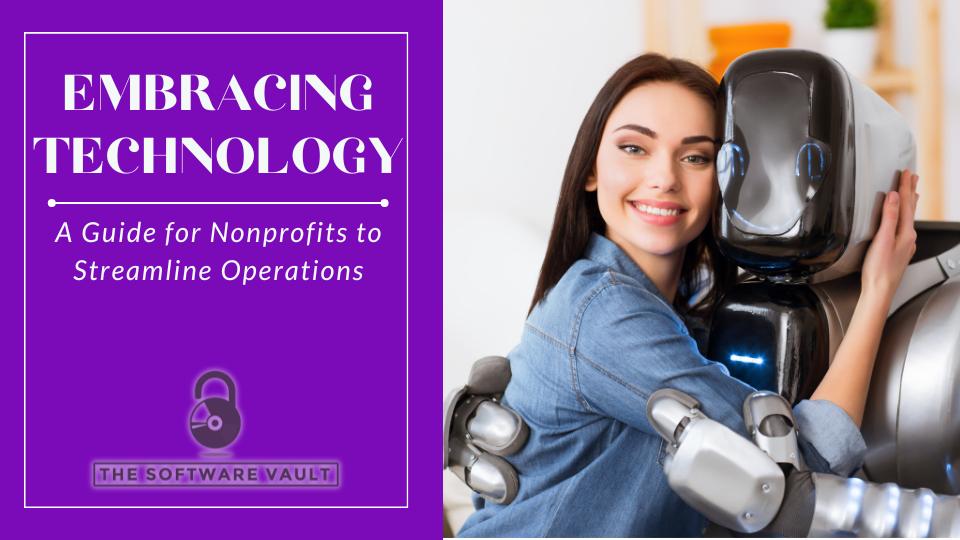In today’s digital era, technology has become an integral part of our everyday lives, shaping the way we interact with the world around us. For nonprofit organizations, embracing technology can significantly streamline operations, increase operational efficiency, and enhance overall engagement.
Here are three practical tips on how your nonprofit organization could leverage technology to your advantage.
1. Identify Overall Operational Needs and Goals
Your nonprofit should set aside time as a team to identify, write down, and prioritize a list of your overall operational needs and goals. For example, what areas of your operations could benefit from technological assistance: donor management, volunteer management, project/staff coordination, collaboration, & communication, etc.? Once the needs and goals are identified, it does not mean that you have to implement all of the goals at once. Your list should be prioritized so that implementation could be done in phases. For each goal on the list, the the team should analyze various technology tools that align with the identified objectives that would make overall operations more efficient and productive.
2. Embrace Automation
Many nonprofit organizations have limited human capital and face capacity challenges when carrying out their mission; and your organization could probably relate to this challenge. Automation can free up valuable time for your staff to focus on mission-critical tasks. Many simple tasks, such as social media posting, email marketing, and data entry can be automated with the right technology tools and platform. In addition to the simple tasks, complex repetitive tasks can be automated to minimize turn-around time, reduce errors, improve consistency & productivity, at a minimum, to allow staff members to focus on strategic planning and execution.
3. Prioritize Data Security
As nonprofit organizations increasingly move their operations online, data security becomes crucial. You should ensure that the technology your organization has selected to use adheres to best practices for cybersecurity. Best practices include, but are not limited to, regular software updates, strong password protocols, and secure data backup systems. In addition, your staff should be educated and trained on potential cyber threats and ways to prevent them for the protection of the organization’s sensitive information: inclusive of donor, volunteer, constituent and operational information.
Embracing technology can bring numerous benefits to your nonprofit, from increased efficiency and productivity to improved communication and collaboration. However, it is important to remember that technology should serve as a tool to help your organization better fulfill its mission, not as an end in itself. By carefully choosing the right tools, enabling automating, investing in staff training, and prioritizing security, your nonprofit can successfully navigate the digital landscape and streamline your operations for a greater impact.If you would like to learn more on how a digital transformation could help you streamline your organization, schedule a consultation with us.

